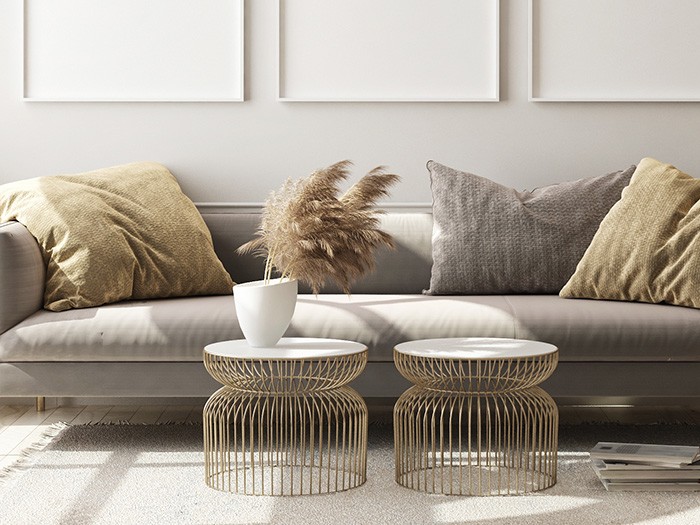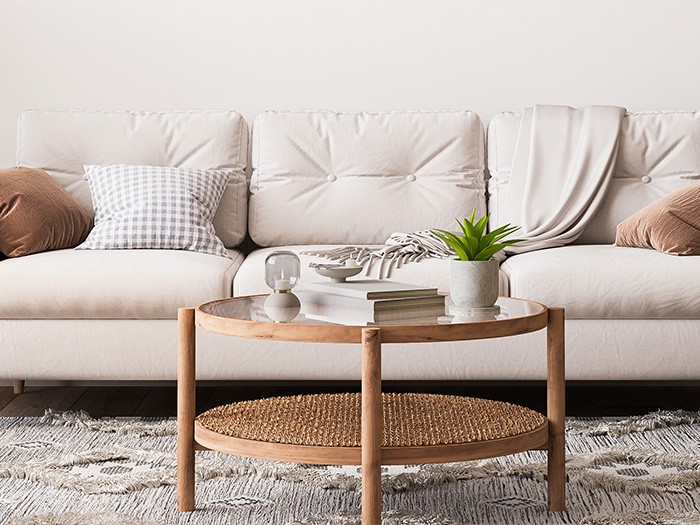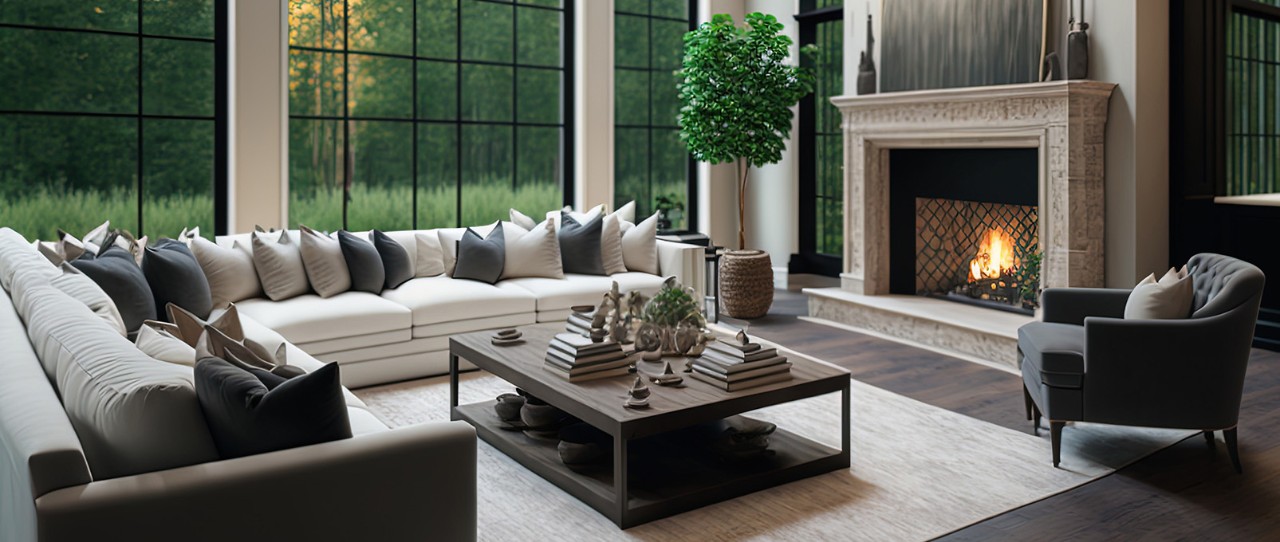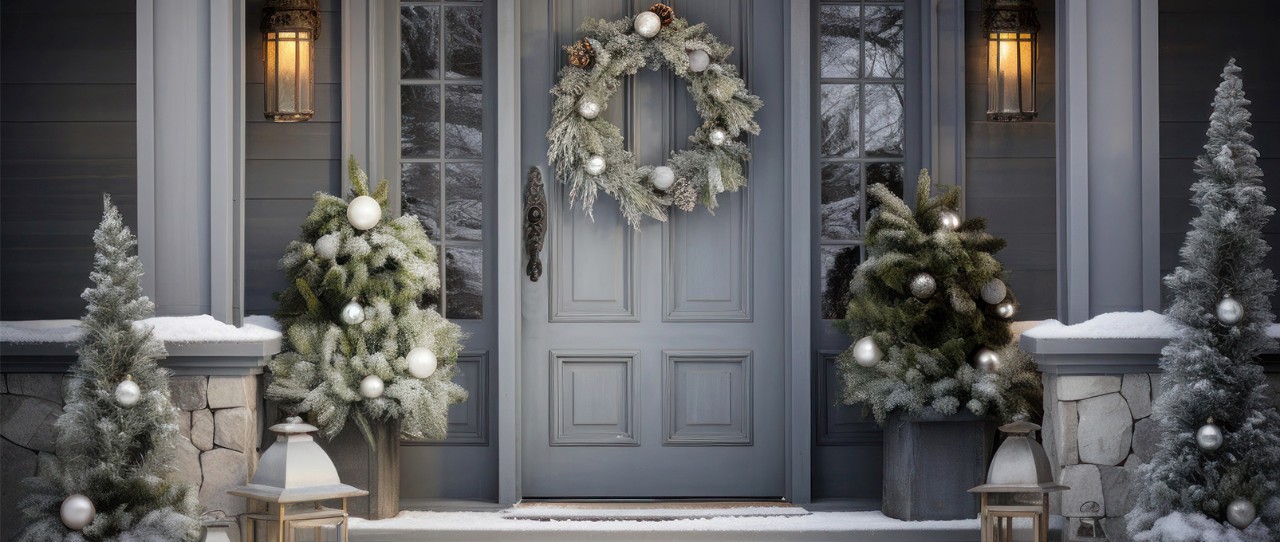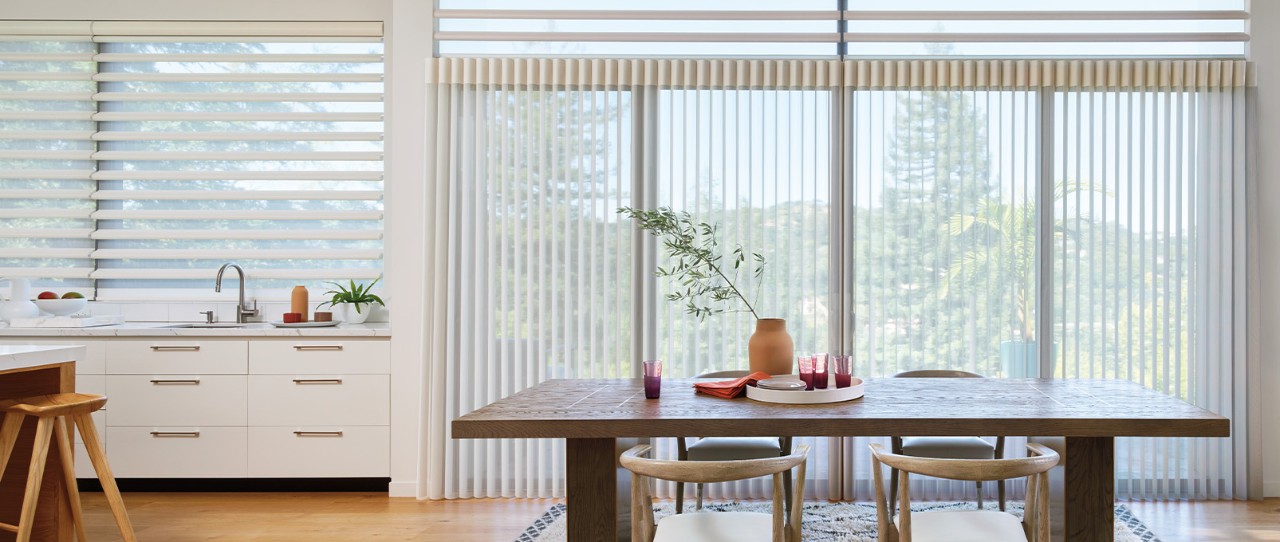A coffee table is that one piece of furniture that can work just as beautifully for putting your feet up or storing things as it can for displaying your favorite travel books. The key, of course, is finding a coffee table that complements your aesthetics while not being too large or too small.
And with so many coffee table styles to choose from, knowing where to start can be a little overwhelming. Read on for hints to help you narrow down your choices.
Consider shape. While there aren’t any hard rules about shape, the furniture around your coffee table can help you figure out what might look best. For example, a round coffee table can add softness to a room that has square-edged furniture, while a rectangular or square coffee table balances out furniture with curves.
Additionally, rectangular and square tables often add a more formal look to a room, while round coffee tables are a nice option if you don’t have a lot of space (the lack of edges makes it easier to maneuver around the table).
Rectangular tables will also give you a lot of surface area to use–plus, they work well in large rooms. Keep in mind that rectangular and square tables have sharp edges, so they may not be the best options if you have little ones in your home.
Think about use. How do you plan to use your coffee table? Do you want to put drinks, the remote or magazines on top of it? Do you need drawers to hold board games or coasters? Do you want someplace to prop your feet?
Or are you looking for something more decorative?
Storage coffee tables have tops that you can lift to reveal storage or pull-out drawers where you can keep things handy. An upholstered coffee table works well if you want to put your feet up (add a tray and you have someplace to hold a glass of wine or bowl of snacks).
If you’re looking for something decorative, consider a display coffee table, which often features a glass top so that you can display items underneath.
Take space into account. Measuring is key, as you don’t want to end up with a coffee table that’s too large or too small for your room.
When it comes to height, you’ll want the table to be the same height as your sofa’s seat cushions or 1 to 2 inches lower.
The longer your sofa, the longer your coffee table should be–something that’s about ⅔ of your sofa’s total length. Leave 18 to 19 inches between your sofa and the table, so that you have enough leg room when walking by or sitting.
Explore materials. Once you start looking, you’ll find coffee tables in everything from wood and metal to glass and upholstery. (When considering materials, keep in mind that if you want your table to be functional, as opposed to decorative, you should select something that’s easy to pull closer to the sofa, if necessary.)
If you want to add texture and warmth to your space, along with durability, wood is a good option. Wood coffee tables complement traditional as well as modern aesthetics and are easy to keep clean with a regular dusting. (Just remember that dust shows more easily on black and dark-colored wood than lighter wood.)
Metal coffee tables provide a more contemporary, sleek look, and are available in lots of different finishes. Likewise, glass-topped tables also look sleek and contemporary, while creating an open, airy feel. (Though glass is probably not the best option for homes with kids or pets.)
Upholstered coffee tables usually have a wood frame with a tufted cushion on top, and add softness and texture to a room. You’ll find upholstered coffee tables in a variety of fabric types, colors, patterns and prints.
